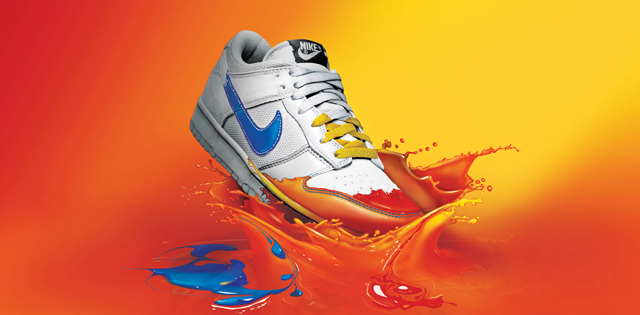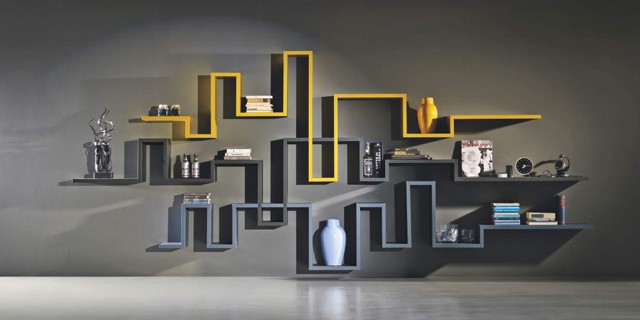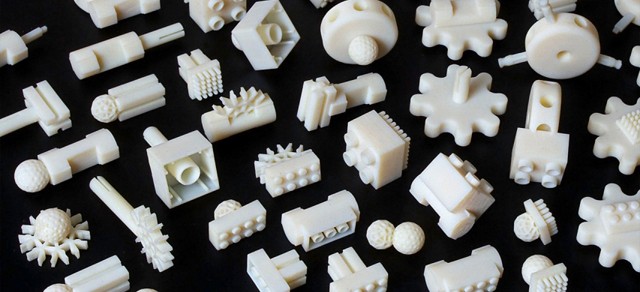You can have any colour, as long as it’s black!
And so began mass production and the Ford Model T. Whether Henry Ford actually uttered the famous quote is a matter of debate. What’s not in question, however, is the process behind it – Fordism.
In the early 1900’s, an industrial revolution in manufacturing began. A system designed, literally, to spew out low cost, standardised products, offering workers better pay and working conditions.
The ripple effect grew into a tidal wave, crossing countries and continents. From North America to Stalin’s Russian, leading into war production and then onto Japan’s post-war electronic boom.
Design and manufacture from the people for the people, an endless conveyer belt of identical products. The choice was yours, as long as your choice was the same choice.
We found ourselves living in Ikea identikit apartments. Eating breakfast on beech veneered tables, trying to pronounce curiously exotic names such as Flärdfull and Smörboll.
Weekends were spent shopping in high streets unable to distinguish which high street we were actually shopping in. Mass production leading to mass consumerism, the boom in cheap Asian labour fuelling our incessant wants and desires.
But are we now witnessing a new dawn, a new age – the new industrial revolution?
At the start of the 21st century, suddenly black wasn’t just the only option. There was a Kaleidoscope of samples to choose from. And more importantly we were actually being encouraged to mix our own colours.
The internet provided the gateway which turned the tide. Companies manufacturing for the mainstream market started to create a different path. A new word started to trend – customisation.
Brands such as Nike added their ID line. Allowing the customers to effectively design their own trainers. Individualism and creativity entered the mainstream market.
Furniture manufactures followed suit, creating systems of adaptable elements. Opening the way for the customer to design their own configurations. Flexible furniture for a new style of flexible living emerged.
Lago an Italian furniture manufacture (and favourite of Studio P10) has gained it’s recent success following this philosopy.
It’s products embrace the need for interaction between the form, function and client. Allowing the customer to express their own personalities in the configurations they decide.
Fab.com are another recent example of a brand using the internet to explore client interactive design. Their new ‘designed by you’ area puts the client in the designers seat allowing shelving systems, tables and even sofas to be personalised for your space.
One of Kartell’s most successful products, The bookworm by Ron Arad similarly demonstrates the demand for products that allow client interaction. It’s form can literally be bent and molded to the customers choosing, creating their own interpretation of what’s fast becoming a classic design piece.
Most would say this was a logical progression. When you are designing your most personal space, your home, why shouldn’t the furniture you choose be adaptable to your personality, living requirements and needs.
So where does this lead?
With all of these new processes there were obvious limitations. Aesthetics were easily customisable, a colour for instance. Or a shelving configuration. Mainly however the form and function of the product, and it’s inherent chemistry remained the same.
With 3D printing this may all be about to change. A technology which offers the capability to manufacture personal designs in a studio or even your home. Based on a system which prints micro layers of material to create a solid. Some think 3D printing is set to revolutionise how we all interact with our environment.
Are we looking at a future where the 3D printer will sit alongside the home computer? As standard as an inkjet of today? Eradicating the need for mass production in the work place. Printing spare parts for your domestic appliances when they break down, or allowing you to adapt and reconfigure intricate details of a lamp, for example. The possibilities therefore seem endless.
But how much choice is too much?
We are society bombarded with noise, decisions & alternatives. Isn’t it the responsibilty of designers, and qualified professionals, to filter this constant frequency? Making sure that the products on offer are the correct concepts for each lifestyle. Or is the opportunity to become involved in the design process ourselves, an exciting and intriguing development?
Analysing the situation deeper, from a company’s perspective. Is it commercially wise to allow your brand to represent products that have been altered and modified to suit all tastes? Having no control over the final aesthetic of a product – An aesthetic which ultimately will represent your company’s philosophy and ethos.
Only time will tell.
What are your thoughts on the new industrial revolution? Have your say by leaving a comment.













